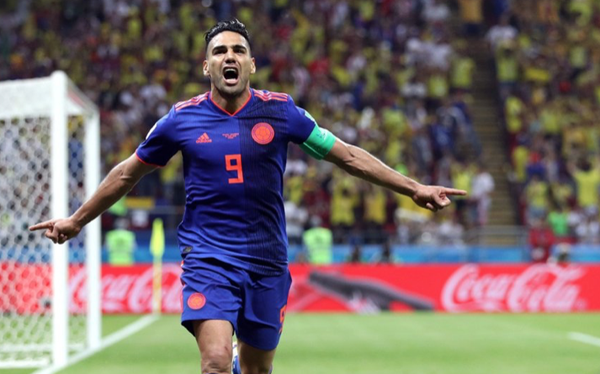
The FIFA World Cup in Russia is about one-third completed, and fans remain engaged.
Although the U.S. has not qualified for the tournament in 2018, American fans are the largest
group traveling from a foreign country to attend this year’s World Cup in Russia, and U.S. advertisers are taking note.
As a result, Kantar Media’s recent U.S. TGI survey
examined the consumer profile of the U.S. soccer fan to understand who makes up this group.
Kantar Media found that soccer fans in the U.S. remain mostly men (67%), but more and more women
(33%) are following the event. In fact, the breakdown in the U.S. is similar to that of European countries like France, Italy and Spain.
The U.S. soccer fan base consumes the sport on TV and
uses other media to seek out information about the games. Seventy-one percent of soccer fans in the U.S. watch matches on TV, and 44% of them look up information about soccer matches on the
internet.
advertisement
advertisement
When making purchasing decisions, soccer fans in the U.S. consider many factors, and are also influenced by expert and peer reviews, acccording to Kantar Media. As a group,
they are 150% more likely to say that advertising plays a big part in their purchasing decisions, 97% more likely to be particularly influenced by the expert recommendations or reviews and 86% more
likely to signal that brand reputation is an important determinant of purchasing behavior.
On the other hand, when looking at their online behavior, soccer fans in the U.S. are 120% more
likely to download content from the internet, 95% more likely to stream content across devices, 92% more likely to be particularly social online, and 91% more likely to use the internet to manage
their finances. They are also 68% more likely to use the internet for shopping and retail.
Soccer reaches 61% of persons in Hispanic homes throughout the year, more
than any other race/ethnicity, according to Nielsen. Hispanic soccer viewers are younger than non-Hispanic soccer viewers, with 42% of Hispanic soccer viewers under 35 and 31% of
Non-Hispanic soccer viewers under 35.
About 40% of soccer viewing from Hispanics who speak only English was done on Spanish-language networks, a sizable portion considering the language
difference. When looking at Hispanic viewers who speak mostly English, the share of their soccer viewing on Spanish-language networks ballooned to 83%, per Nielsen.
The players and teams are
also a part of the marketing mix, as evidenced by their social media engagement. Surprisingly, in the month leading up to the World Cup kickoff today, Egypt’s players have been receiving the
most fan engagement per post on both Facebook and Twitter, with Mohamed Salah leading the squad, according to leading social media data and analytics firm, Shareablee.
When looking at the
official pages for the national teams: On Facebook, Peru’s national team profile had the most actions (or likes, comments, shares, etc.) per post on average, followed by France, Portugal,
Germany and Argentina respectively; On Twitter, the English team profile had the most actions per tweet on average, followed by France, Egypt, Portugal and Argentina respectively.
Egypt’s social media popularity has been incredible to watch, says Tania Yuki, founder and chief executive officer of Shareablee.
“Right now, in terms of their players’
average engagement per post combined, Egypt’s squad is in first place and even beating teams like Portugal and Argentina,” Yuki tells Marketing Daily. “Mohamed Salah is
certainly a large part of that, but he alone doesn’t come close to the likes of Ronaldo’s or Messi’s social content. So, while Salah’s leading among his squad, his relatively
unknown teammates are pulling in enough average per-post engagement for Egypt to be topping entire teams of household names overall.”
Digital advertising is one medium not
benefiting from the FIFA frenzy.
According to BIScience, a global competitive media intelligence platform, World Cup and FIFA sponsors have been largely absent from U.S. digital advertising to
date and have only a limited appearance on global platforms.
Only 6 out of the 12 World Cup Sponsors and FIFA Partners combined have been running global World Cup-related digital campaigns.
Qatar Airways leads with 46 million impressions, followed by Adidas (26 million) and Hisense (13.5 million).
Furthermore, of those six brands only three are running U.S. campaigns: Qatar
Airways (8.8M impressions), Hisense (1.5M impressions), Adidas (170K impressions). Non World Cup or FIFA sponsor brands, however, have been active on U.S. digital platforms.